At the Michelin-starred restaurant Txispa in Axpe, Basque Country, Tetsuro Maeda has developed his own style of fire grilling. A style that tries to answer a very specific question: What would a Japanese chef have cooked in the Basque Country 300 years ago?
Every master was first an apprentice, and Tetsuro Maeda first learned the art of fire control from Bittor Arginzoniz, the silent cook who whispers over the coals at Asador Etxebarri. After a decade, this Kanazawan-born shokunin began to walk his own path.
How did a Japanese chef come to open a Michelin-starred restaurant in a green valley in northern Spain?
Maeda is a former hippie, snowboard champion, self-taught cook, former worker in a high mountain refuge, former aerobics teacher, and former waiter.
In 2011, not knowing what he wanted to do with his life, Tetsuro bought a plane ticket to Spain with the money he had earned doing guinea pig work for a pharmaceutical laboratory. He arrived with empty pockets to work as an intern at the Michelin-starred Alameda restaurant in Hondarribia, which an acquaintance in Japan had told him about. There, he improved his culinary skills, crystallized his vocation as a cook, and discovered that he wanted to be part of the Etxebarri team. The restaurant attracted him because of the purity in the treatment of ingredients and the selection of the best products. Maeda learned enough Spanish to offer his application to Bittor, and after a year of patient waiting, he was accepted.

As soon as he could, Tetsuro took up residence in a borda, an austere stone shelter formerly used by shepherds and their flocks, located at the foot of Mount Amboto. Although he still had no money, he had plenty of determination. Under the gaze of Bittor Arginzoniz, he learned the nuances of fire, embers, and smoke.
For ten years, regardless of weather, Tetsuro rode horseback through the spruce-fir forest from his shelter to Etxebarri each morning. After a few years, Arginzoniz recognized something special in his disciple and made him his second-in-command. After ten years, Tetsuro felt ready to say goodbye to his master and take his next step on his own.

In the spring of 2023, Tetsuro opened Txispa, located 450 meters from Etxebarri. It made perfect sense to him that his restaurant would be in one of the caseríos, in the Axpe Valley. He lives there with his wife and daughters. This particular farmhouse, dating from the 18th century, attracted his attention with its two cherry trees, the national tree of Japan.
In the Basque Country, caseríos are rural houses with land for vegetable gardens and livestock, though many of these beautiful buildings have fallen into disuse due to migration from the countryside to the city in the mid-twentieth century. Today, many are second homes, rural lodgings, or restaurants, while others are still ruins.
Tetsuro decided to restore the farmhouse’s original function. With the help of Sato, an agronomic engineer, he recovered a hectare of vegetable gardens, which supply his kitchen. He plans to double the cultivable area soon. “We have to showcase the land’s bounty,” says Tetsuro. While working with organically grown vegetables ten meters from his stoves, he says he has no interest in kilometer zero. “I want the best possible product, and if I have to bring it from far away, I will,” he adds. Perhaps he is thinking of the magnificent Mediterranean red shrimp he serves, cooked with a technique that dazzles with its intelligent simplicity and precise timing, like a deadly katana blow.

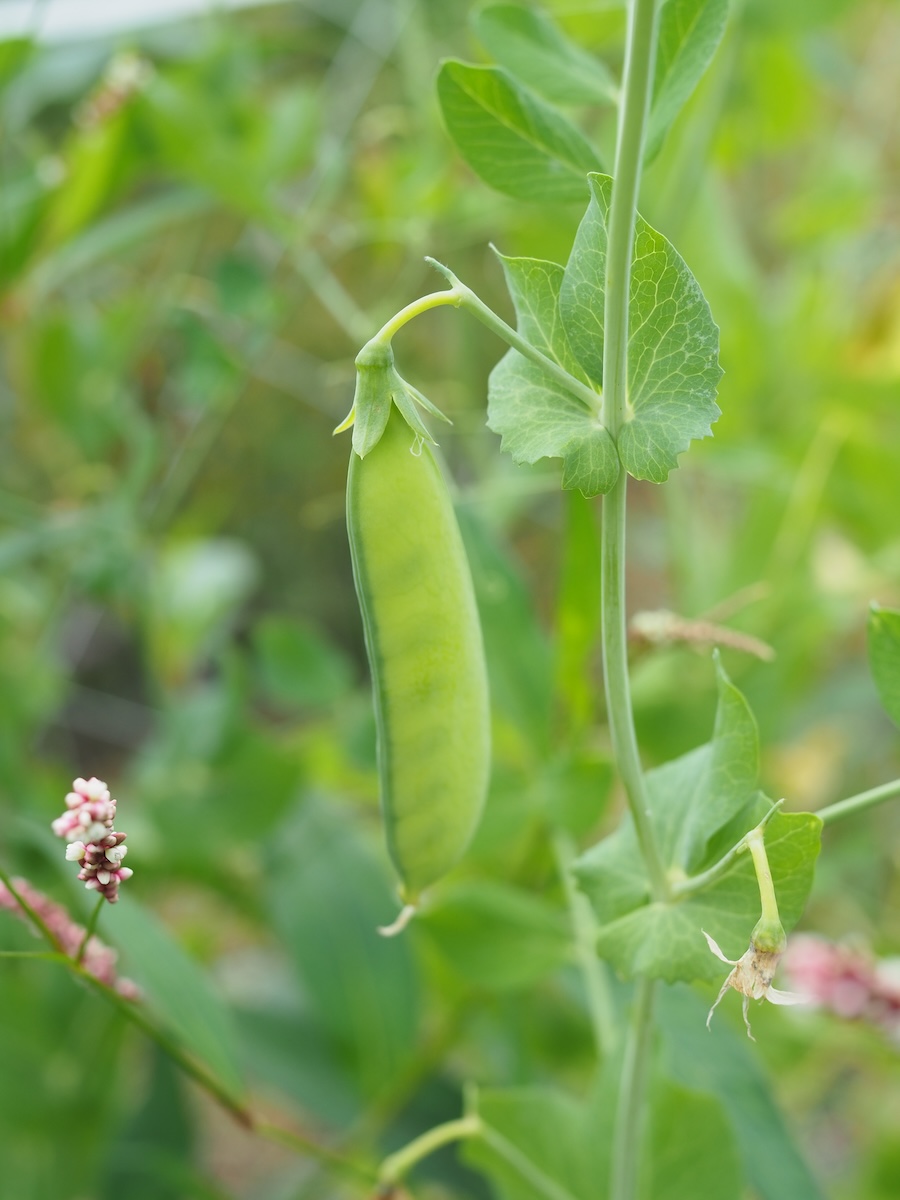
Tetsuro explains that the concept behind his cuisine stems from wondering how a Japanese chef would have cooked if he had arrived at the farmhouse 300 years ago. He answers himself: “He would cook with Japanese techniques using the ingredients found here.”
When guests arrive at the farmhouse, which is located on a hill overlooking the valley, they walk along a polished concrete path that borders the restaurant’s vegetable garden. Sato may be squatting by a bush, and cooks in white jackets may come out of or enter the solemn stone building in search of sprouts, flowers, or vegetables. The path ascends to a small door with a disproportionately large stone knob. After adjusting to the cool, dark interior, a waiter will escort guests to the room where aperitifs are served.
An arched doorway, wider than it is high, suggests that it was once the entrance and exit for carts and animals. Today, the doorway frames a dramatic and beautiful landscape. Weather permitting, a large sliding glass door opens the space to the outside. There, you can enjoy a glass of cava or champagne with your first bite. In spring, that bite is a spoonful of xixa or perretxiko, a type of local mushroom, decorated with flowers from the orchard. This snack will never be the same; it embodies the current season.
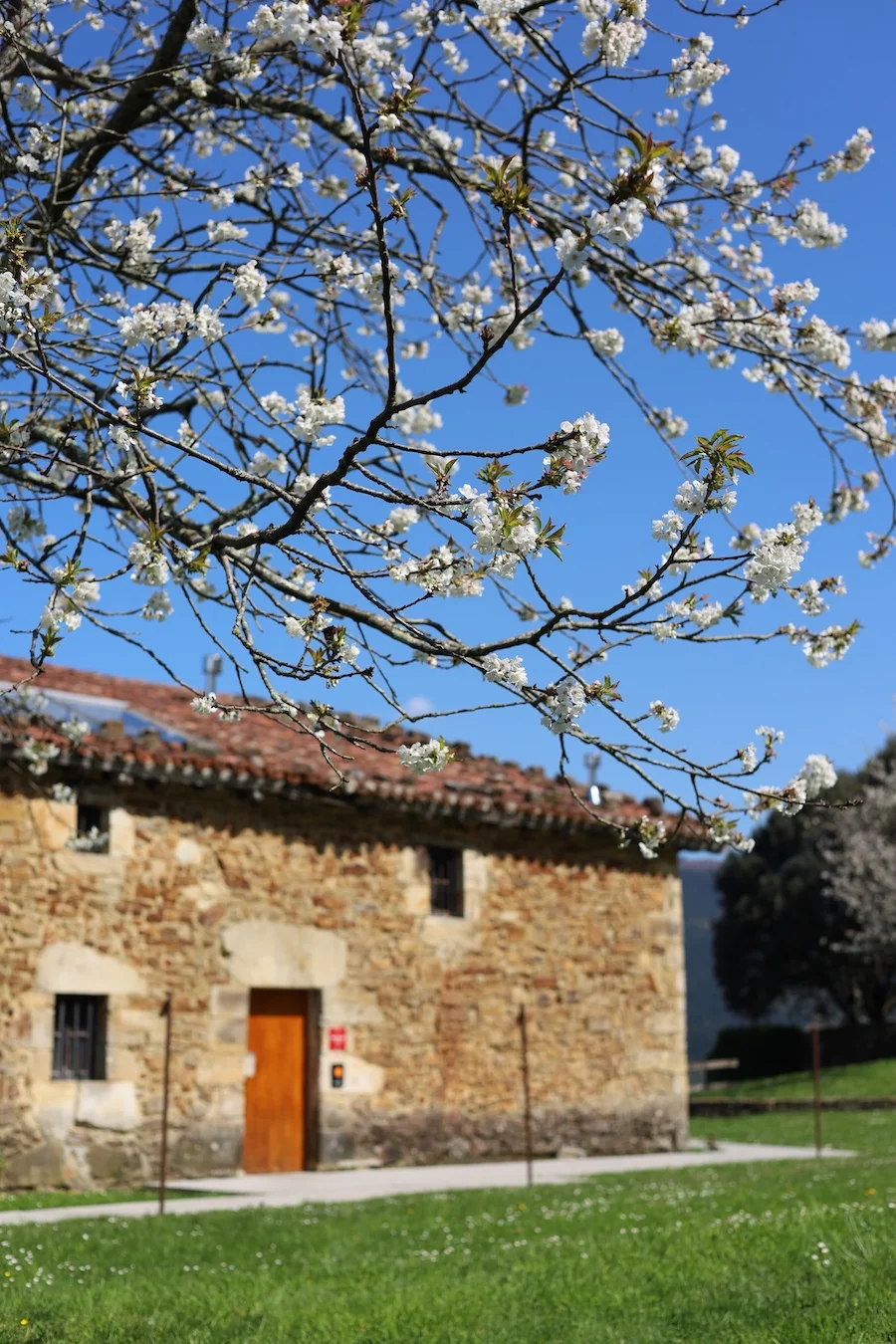
The second act takes place in the kitchen, where Tetsuro welcomes everyone and serves three appetizers. The first is three pods of tear peas, served raw with their flowers and tendrils. Diners must peel the peas by rescuing them from a bowl of crushed ice, breaking open the pods, and removing the strings. Rarely has a pea traveled a shorter distance from garden to stomach in a fine dining restaurant; in this case, its passage through the kitchen is just symbolic. For those who have never eaten a freshly harvested vegetable, the taste is that of an exuberant chlorophyll explosion.
The next appetizer is the takoqueta, a perfect combination of takoyaki and croquette. It is cubic and slightly smoked because it has been cooked in a wood-fired oven rather than deep-fried. It is elegant, with an aftertaste of ginger that lingers after the octopus and dairy have disappeared. Tetsuro’s ability to sequence flavors is quite remarkable.
The last appetizer is a word-game. Tetsuro calls it Euskal Sushi, or Basque Sushi. It consists of crispy rice with tuna tataki, fermented tomato water, bell pepper, and onion. Tetsuro explains that these are the basic ingredients of marmitako, a tuna stew typical of the Basque Country. Indeed, the flavor profile is similar.

The third act takes place in the dining room. It is an austere and elegant room with a very high ceiling that openly shows the stone walls and oak beams that have sustained this house for at least three hundred years. The meal begins with various delicious small bites, eaten from the plate’s edge toward the center: Sayadaikon, intensely meaty anchovies, elderberry with crunchy kabu turnip, nutty micro artichokes, and tender, textured kabayaki eel.
Next is a small ceramic box containing chickpea tofu and caviar marinated in kombu water. This dish offers a wonderful contrast of textures and iodine, leading to an oyster served with a sourdough sauce. The raw oyster is coated with a salty and sour sauce, which gives way to the mollusk’s sweetness and smoky flavor. The combination is excellent, but what’s surprising is how precisely one flavor gives way to the next.
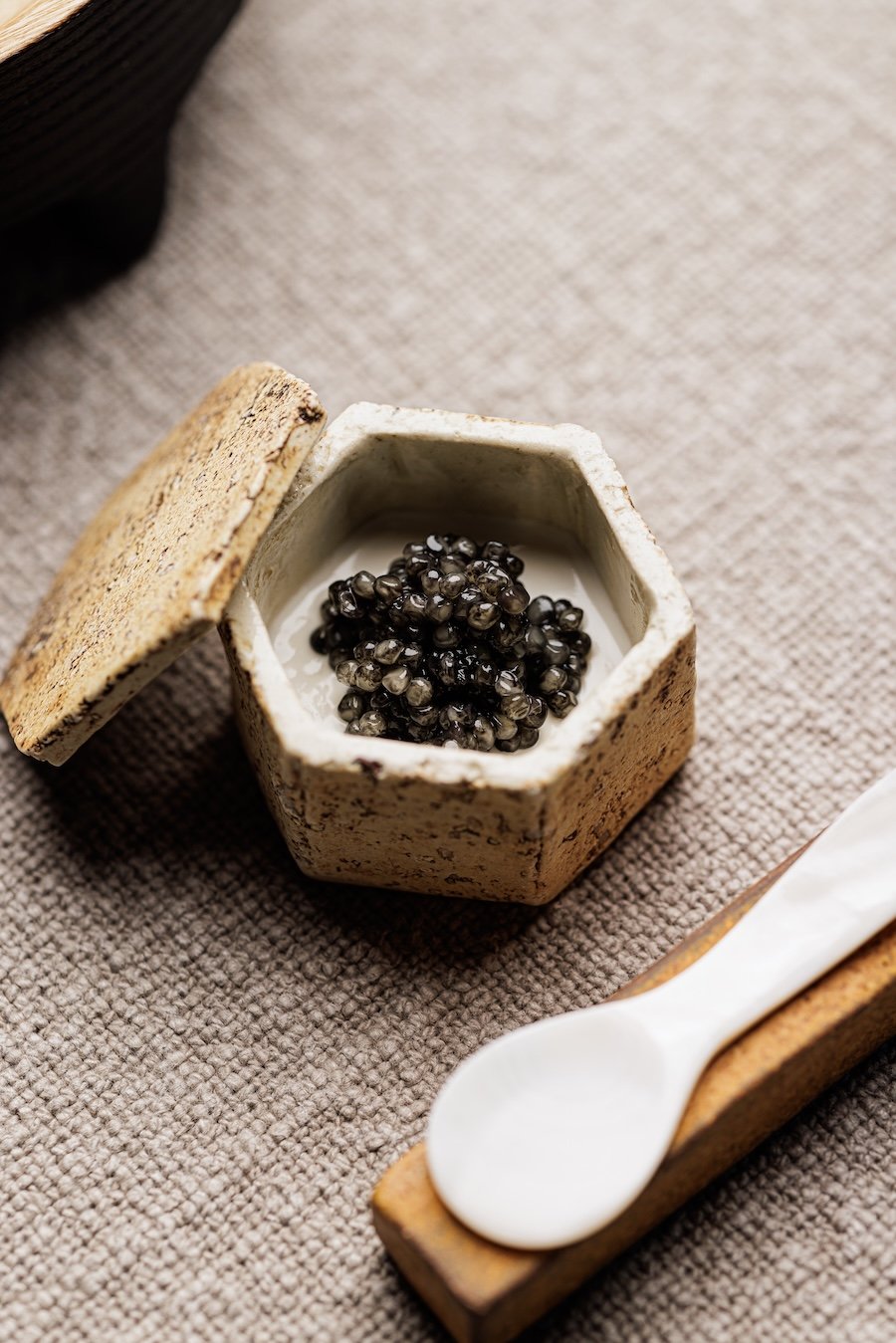
This is followed by a dish that perhaps better exemplifies Tetsuro’s minimalist aesthetic than almost all the rest. Tongue, marinated in homemade koji to soften the texture and break down enzymes, is served with seri, a delicious herb with an acidic touch, and yuzu kosho, a Japanese condiment made with chili pepper, yuzu, and salt. Here, it is made with chorizo bell pepper. The geometric dish is as straightforward in appearance as it is in taste.
The next dish on the menu represents Tetsuro’s connection to Japan. Perretxikos appears again, this time with a fern broth. For Tetsuro, gathering the wild fern reminds him of his grandfather. It is a dish with a sublime flavor and texture of the undergrowth.
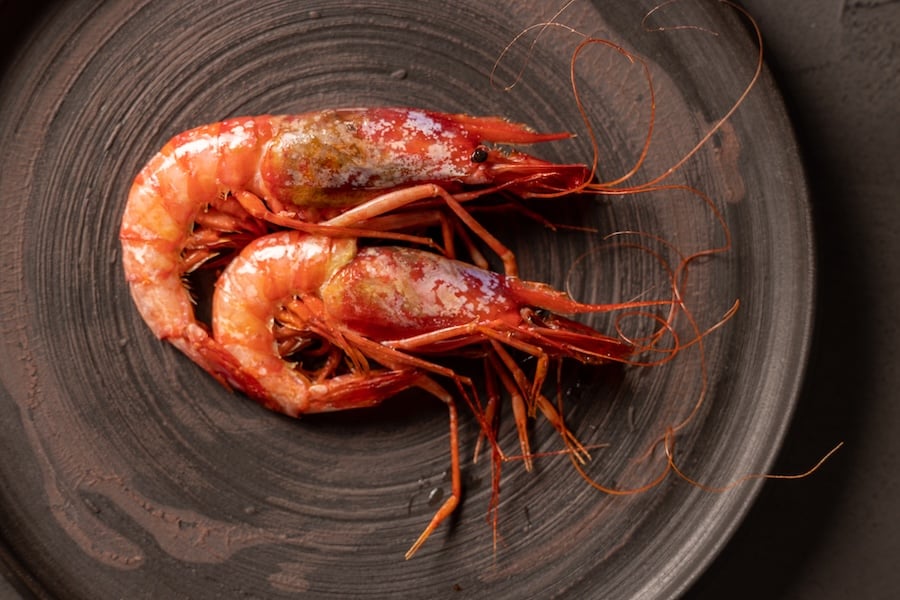
Two red prawns then arrive, cooked on embers, head down, perfect and with no more complement than a perfect technique can provide. They do not need it. Again, tear peas appear, covering a silky chawanmushi. Then comes grilled alfonsino, Japanese kinmeday, accompanied by a head of lettuce and the collagen of its spines transformed into delicious, almost jellified, sauce.
The penultimate act arrives, starring the cutlet of a six-year-old cow. For its passage through the grill, guests are returned to the kitchen, where Tetsuro handles fats and fire with precision. The meat is firm, flavorful, and seems to develop more complexity with each bite.
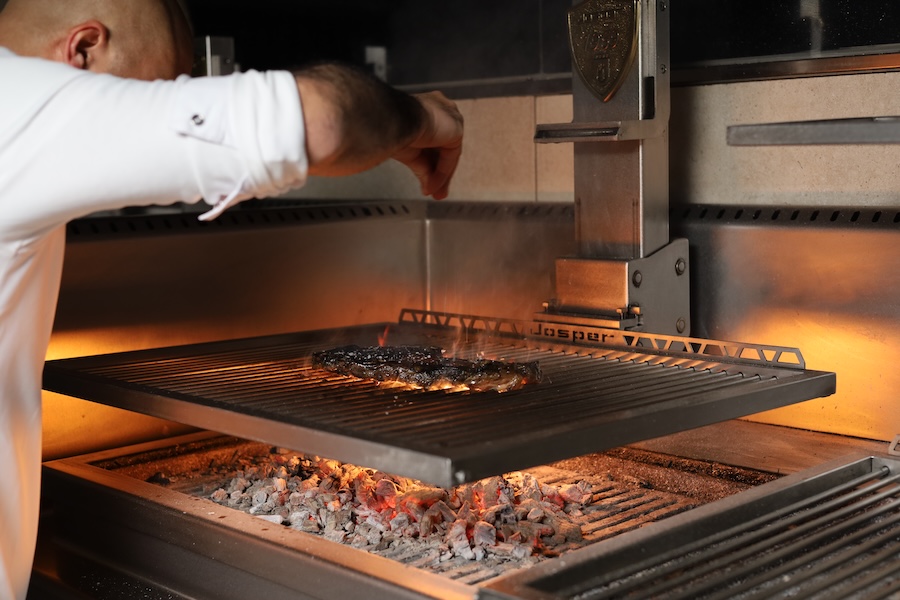

The sweet section, in which chef Saya Fukushima has a lot to say, is composed of a baked apple with cream, a hospitable and docile dessert, watercress ice cream with watercress oil, bold and refreshing, and a beautifully minimal creamy sakura custard that touches the heart; so much so that Tetsuro has kept it since the first day.
“My Master used to say that some dishes lacked of ‘txispa’ – the Basque phonetic adaptation of ‘spark’ -, remembering that every dish needs that essence that elevates it”, reads the restaurant’s menu. However, Txispa does not lack any spark to shine and ignite culinary passions.
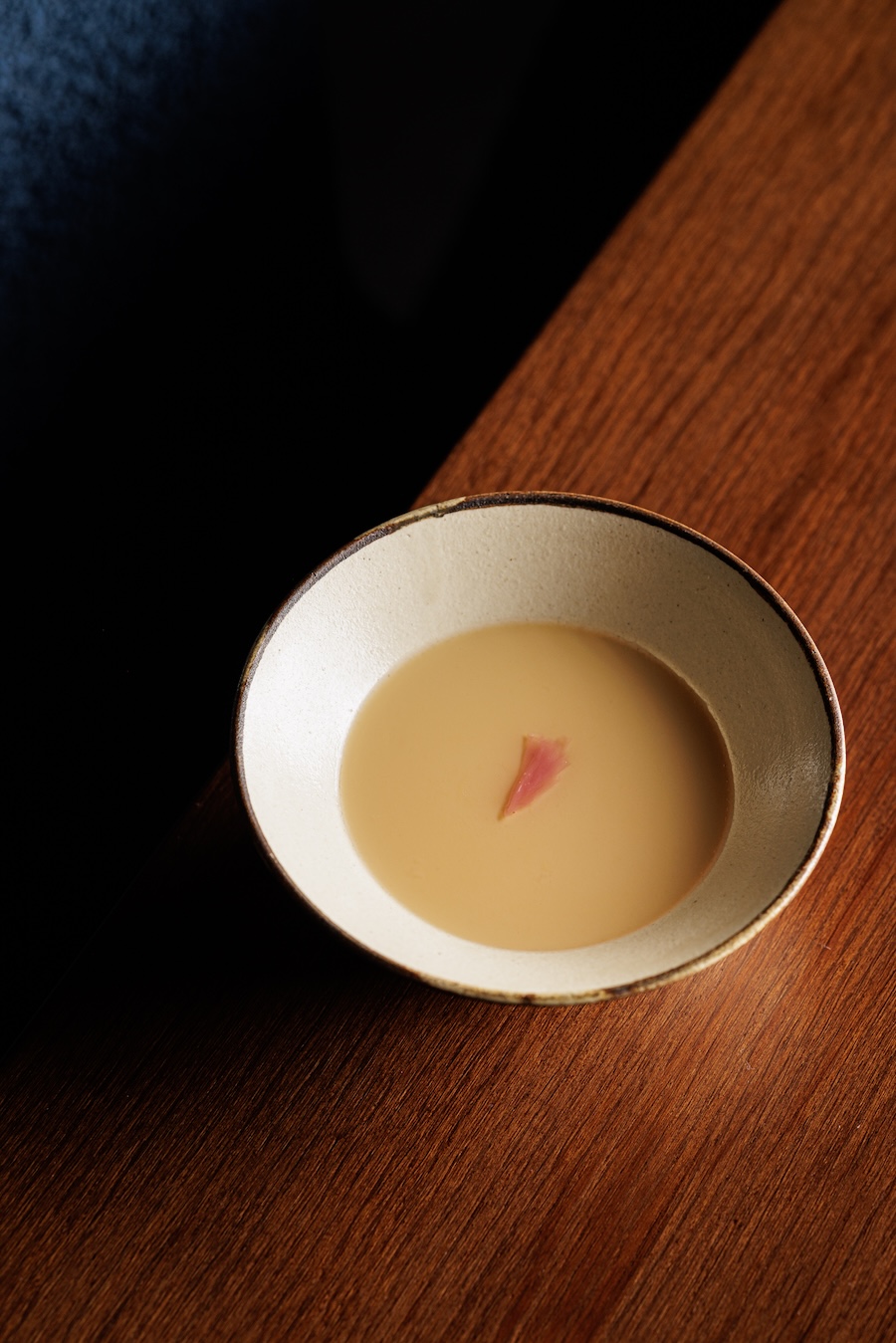
Tetsuro’s cuisine has a one hundred percent Japanese sensibility. It expresses itself emphatically but with softness and elegance. His aesthetics are essential, he dispenses with unnecessary frills. The technique is precise and rigorous, the one that defines a sensei. And the ingredients, if they do not come from his garden or from neighboring suppliers, come from where they are excellent.
Master Tetsuro is Japanese, but he cooks Basque. Or he is now a Basque who cooks Japanese? What can you say about the origin of someone who lives just below the goddess Mari? He has the mixed identity of someone who drinks from many sources to quench the thirst that comes from opening his own path. One that connects deeply with the land that surrounds him and that expresses itself with the beauty of the simple.
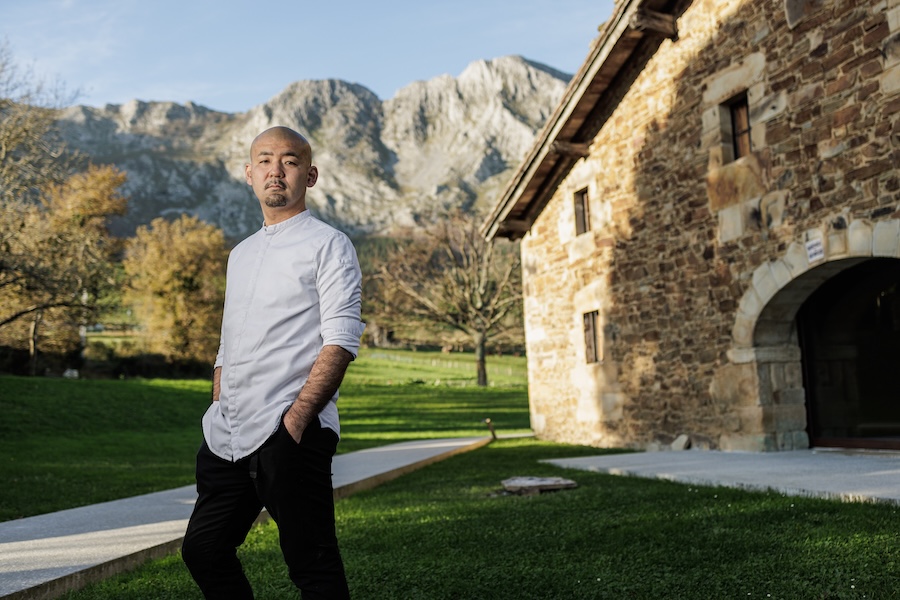 Txispa
Txispa
San Juan Auzoa, 45, 48291 Atxondo, Bizkaia
www.txispa.com


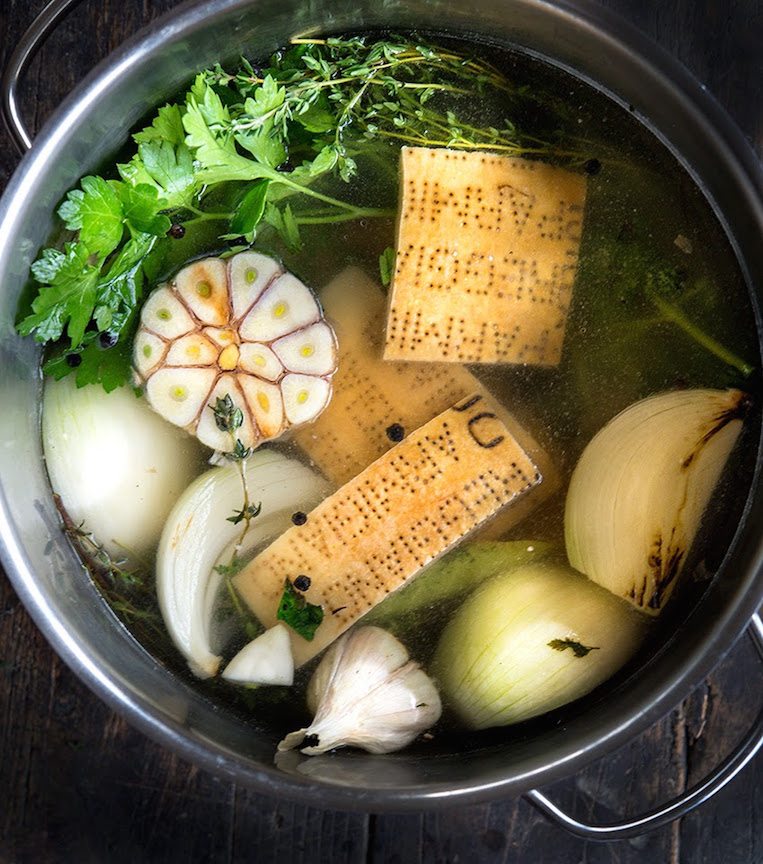

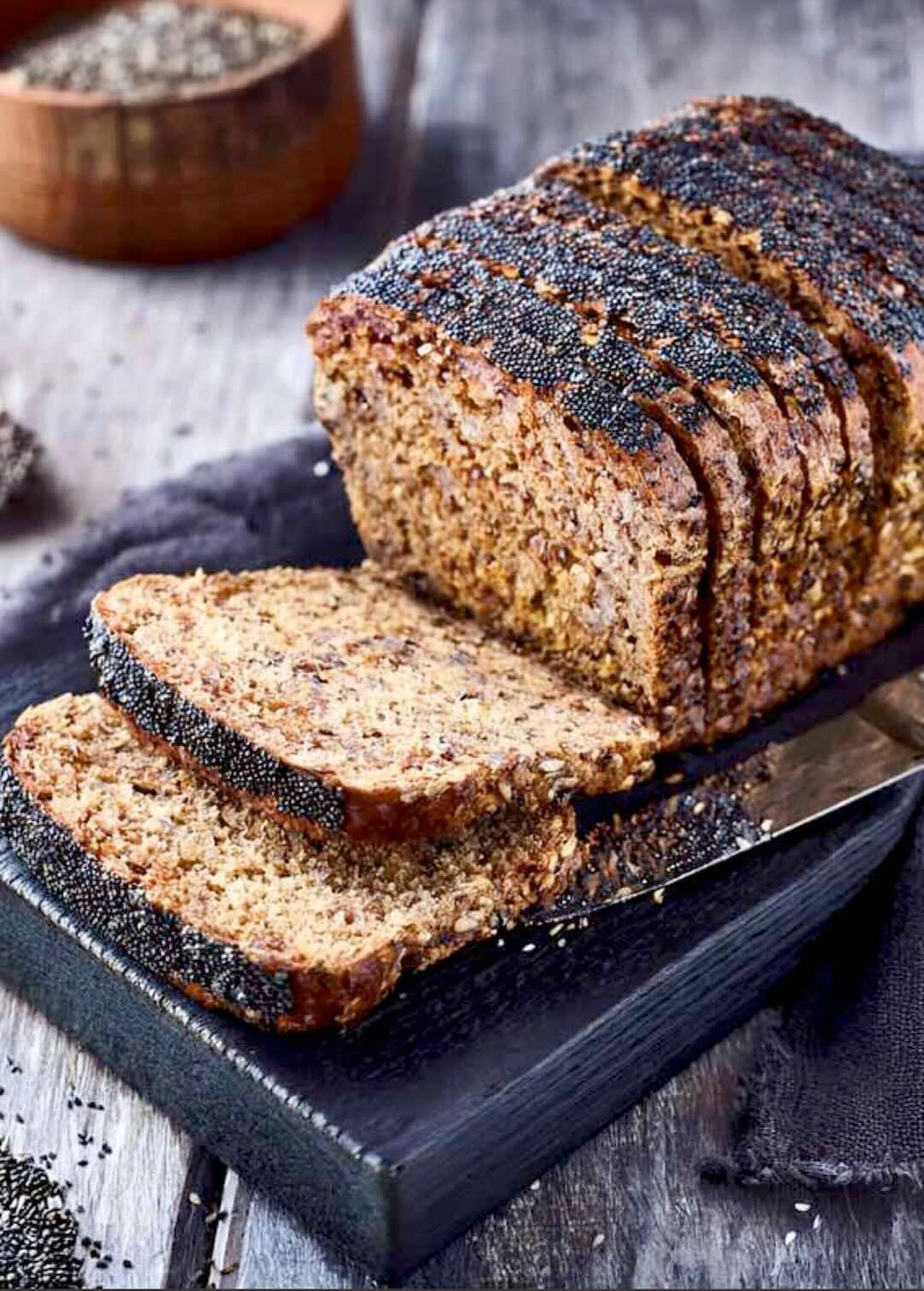
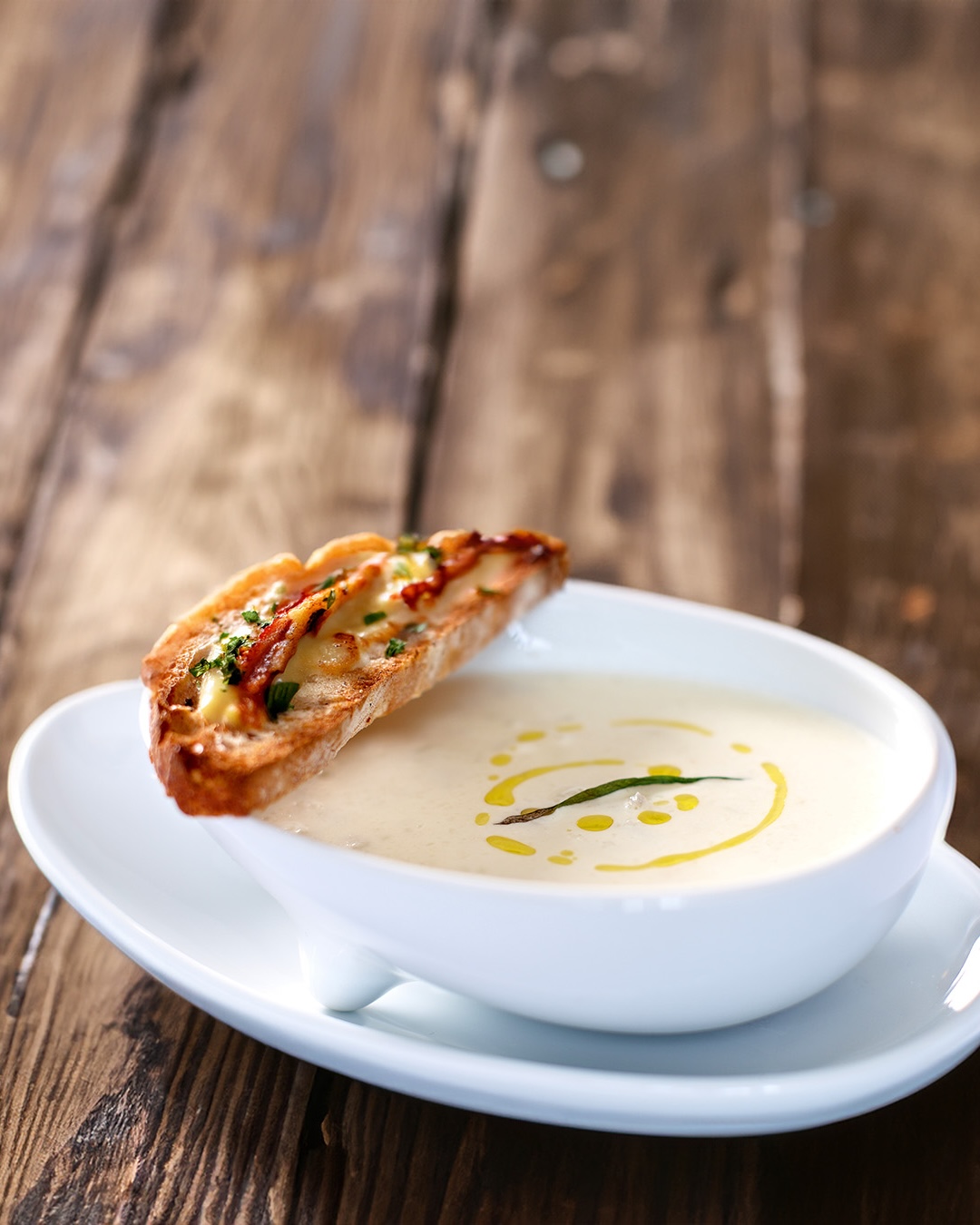
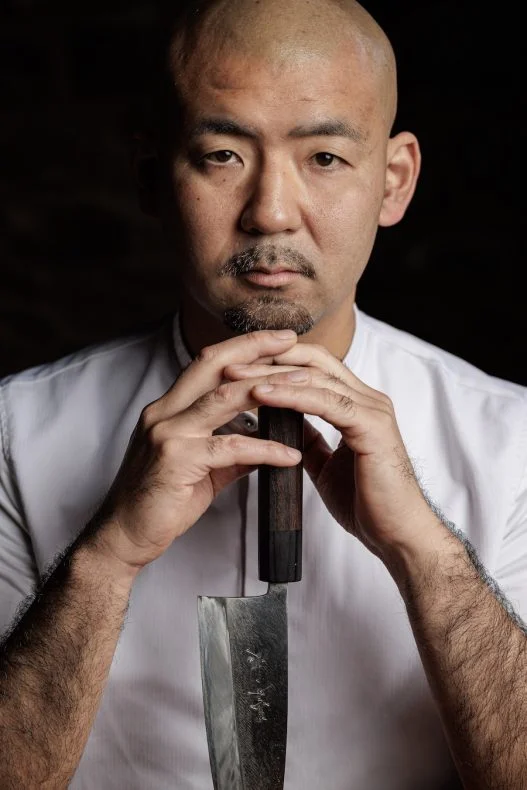

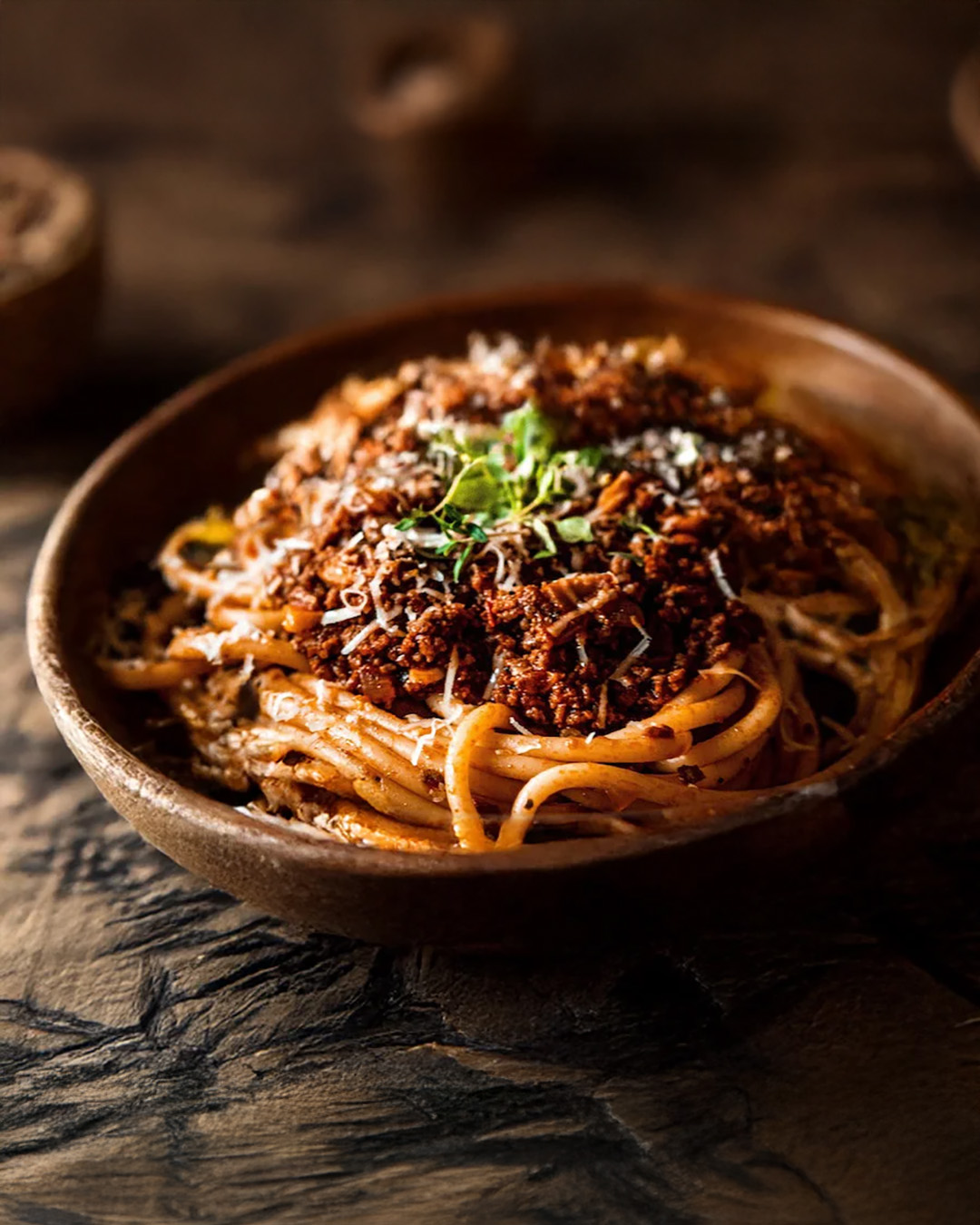

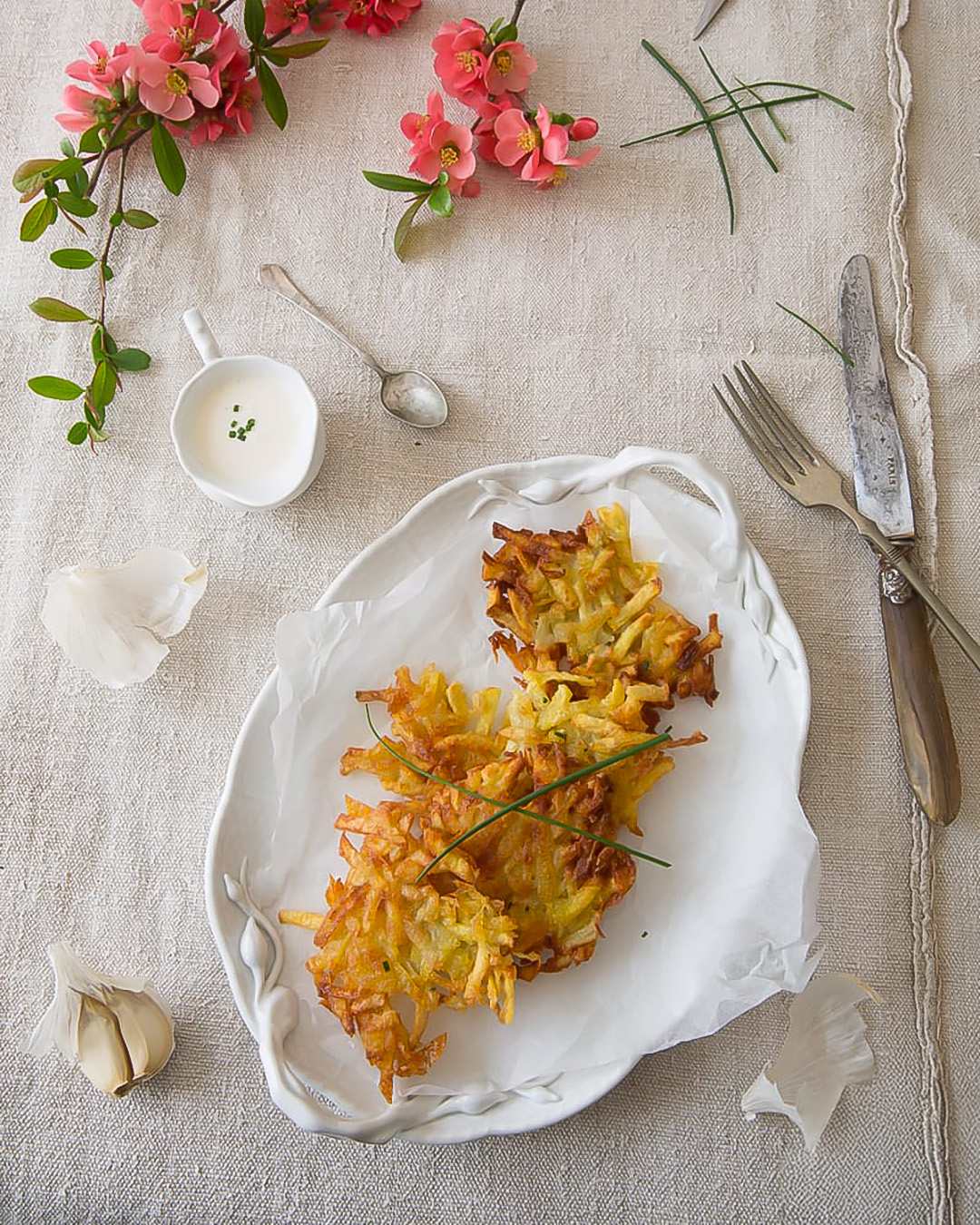
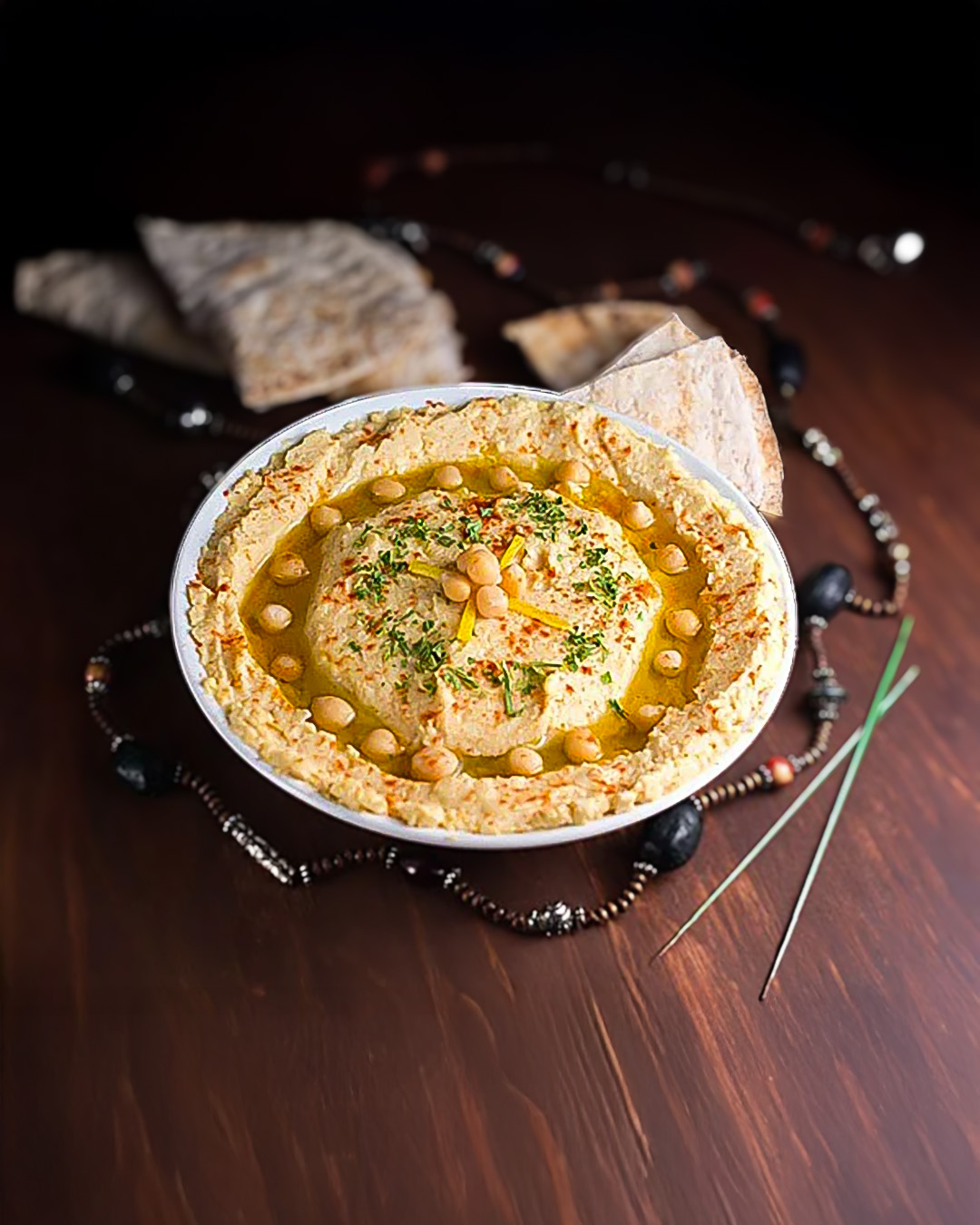


Very interesting place, need to check this out!